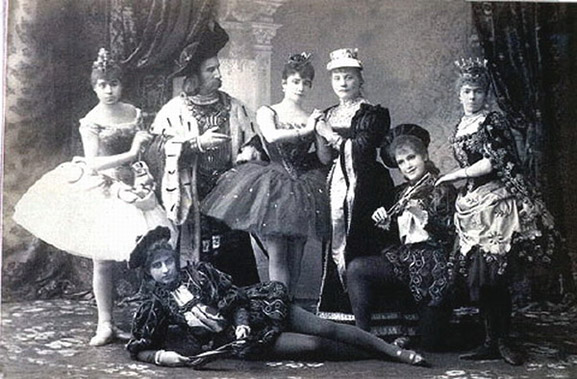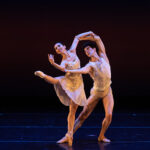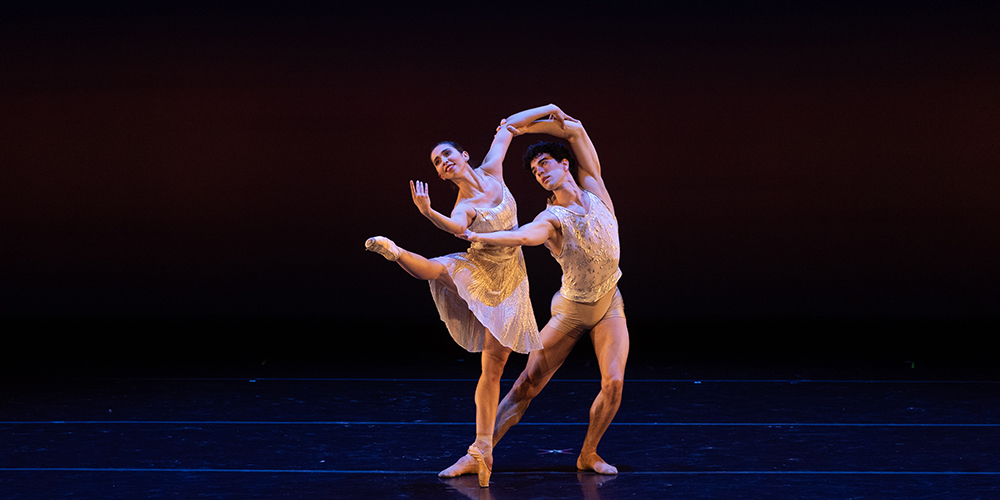Take a look at where it all began and why The Sleeping Beauty will always be the ballet world’s quintessential fairy tale.
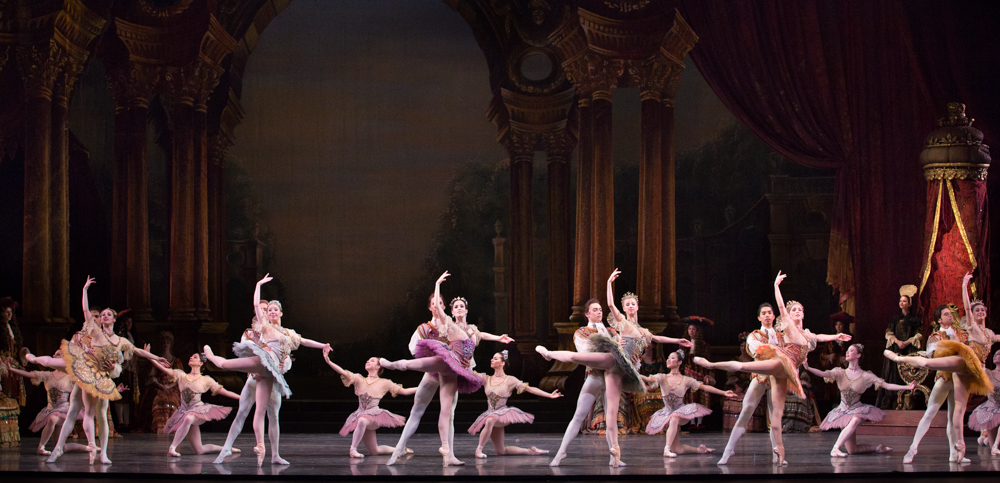
- The Sleeping Beauty was adapted from the 17th century tale The Sleeping Beauty in the Wood by Charles Perrault.
- The Imperial Theatre in St. Petersburg commissioned Pyotr Ilyich Tchaikovsky to write the score and Marius Petipa to choreograph. This was their first ballet together, followed by The Nutcracker and the revival of Swan Lake.
- The Sleeping Beauty premiered at the Imperial Mariinsky Theatre in St. Petersburg on January 15, 1890. The ballet was not an immediate success, although it was met with more favorable critiques than Tchaikovsky’s first ballet, Swan Lake. It was only after Tchaikovsky’s death in 1893 that the ballet grew in popularity and was performed 200 times over the following 10 years.

Original cast members costumed for Act I. (Mariinsky Theatre, St. Petersburg, 1890) - There are two musical themes throughout the score: good, represented by the Lilac Fairy; and evil, represented by Carabosse. Musically, this is defined as a leitmotif and helps serve the ballet’s plot.
- The Lilac Fairy’s name comes from an old Russian belief that says placing a newborn baby under a lilac tree will bring the child great fortune and wisdom.
- The Violente Fairy’s variation in the Prologue has the dancer pointing her index finger throughout, to represent that she is zapping electricity.

Ballet Arizona’s The Sleeping Beauty, choreography by Ib Andersen. Photo by Alexander Iziliaev. - In the original version of Act II, The Vision, Petipa choreographed Aurora to balance in such a way, to look like the shape of a shell, which was a reference to Sandro Botticelli’s painting, The Birth of Venus.
- The Rose Adagio in Act I, performed by Aurora and her suitors, is one of the most notoriously difficult dances in all of ballet. Considered a true test of a great ballerina, it was the iconic Dame Margot Fonteyn, who popularized the attitude balance sequence that is now used throughout all versions.

Dame Margot Fonteyn and Norman Thomson in the Royal Ballet’s Sleeping Beauty, 1946. Photograph: © Frank Sharman Collection - The Sleeping Beauty was Tchaikovsky’s longest ballet, clocking in at almost 4 hours, intermissions included! Today most productions only last 2.5 hours.
- The School of Ballet Arizona will have 4 different Auroras, Studio Company members, Macie Rowe and Riley McGregor, and Upper Division students, Alli Chester and Camille Sevrain.
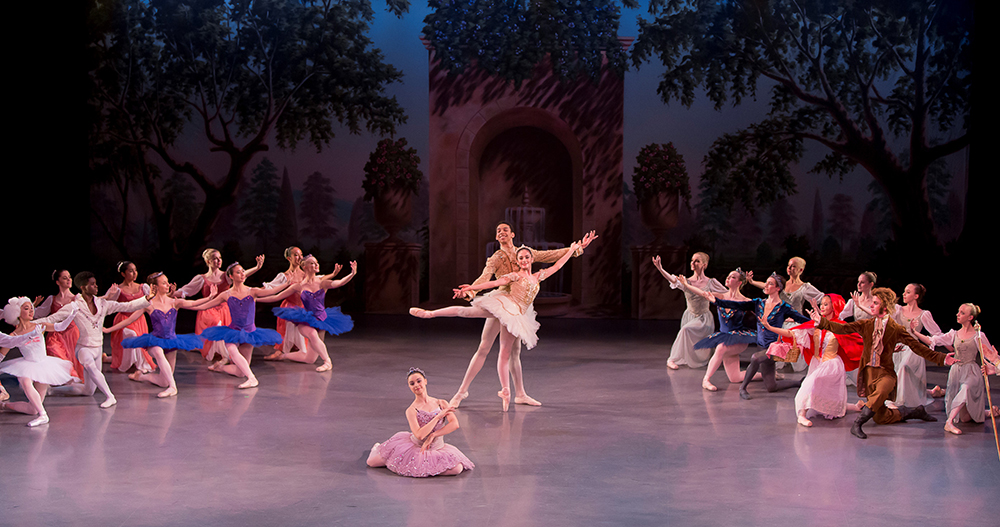
The School of Ballet Arizona students in The Sleeping Beauty, choreography by Carlos Valcarcel. Photo by Brianne Bland.
Check out The School of Ballet Arizona’s production of The Sleeping Beauty November 16th – 19th at Ballet Arizona’s Dorrance Theatre. Click here to purchase tickets.

